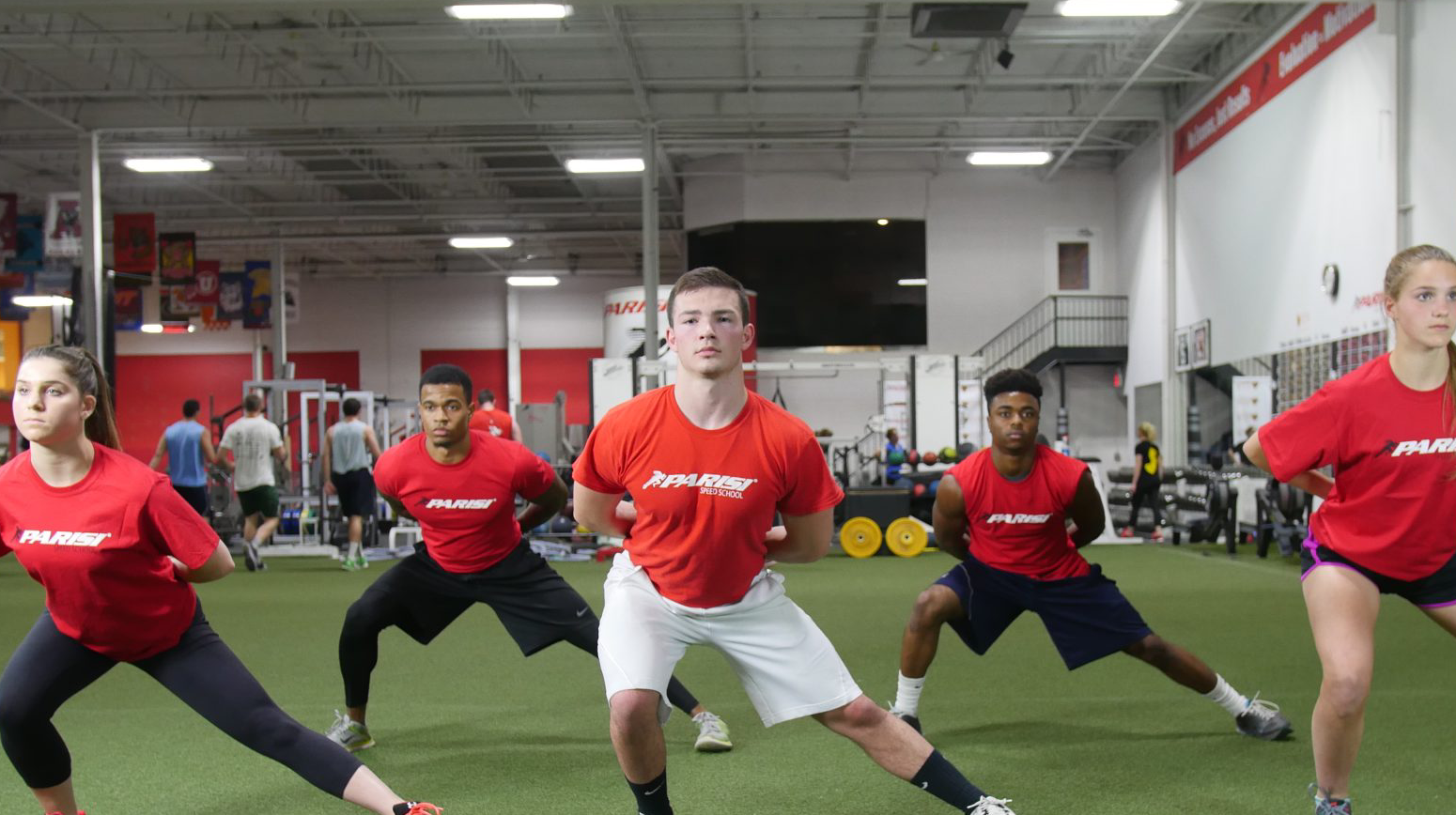Myofascial release techniques have been around for many years through licensed massage therapists. In recent years, self-myofascial techniques such as foam rolling have become popular. The goal of foam rolling is to:
- Increase flexibility
- Increase circulation
- Decrease soreness
- Restore normal muscular function
Knowing the potential benefits of foam rolling and other methods of SMR such as tennis balls, lacrosse balls and rolling sticks can lead to increased athletic performance and deceased risk of injury.
The most common question I receive as a coach is, “how long an athlete should foam roll?” The general response is 2-3 minutes depending on how sore/stiff the athlete is. The more helpful and effective answer might be “it depends.” Every athlete is different, and based on several factors, the length of time that should spend on each muscle group can widely vary.
It is important to remember that there is a certain level of discomfort associates with SMR. That discomfort should be used as feedback and tell you what areas need attention and what areas may not. If a muscle does not illicit any sort of discomfort when rolling, then very little time should be spent on that muscle. Other muscles that are more uncomfortable to roll should be rolled for a longer period of time.
Lastly, it is important to find ways to relax while rolling. The pressure of the roller or other tool should be working on relaxed muscle tissue. Rolling a tense muscle is not only counterproductive, but also can be unnecessarily painful. Relaxation techniques could include deep breathing and closing the eyes.
Use the tools to help you get the most out of SMR techniques and help yourself become healthier and improve performance on and off the field.

 Parisi Champion of the Month
Parisi Champion of the Month